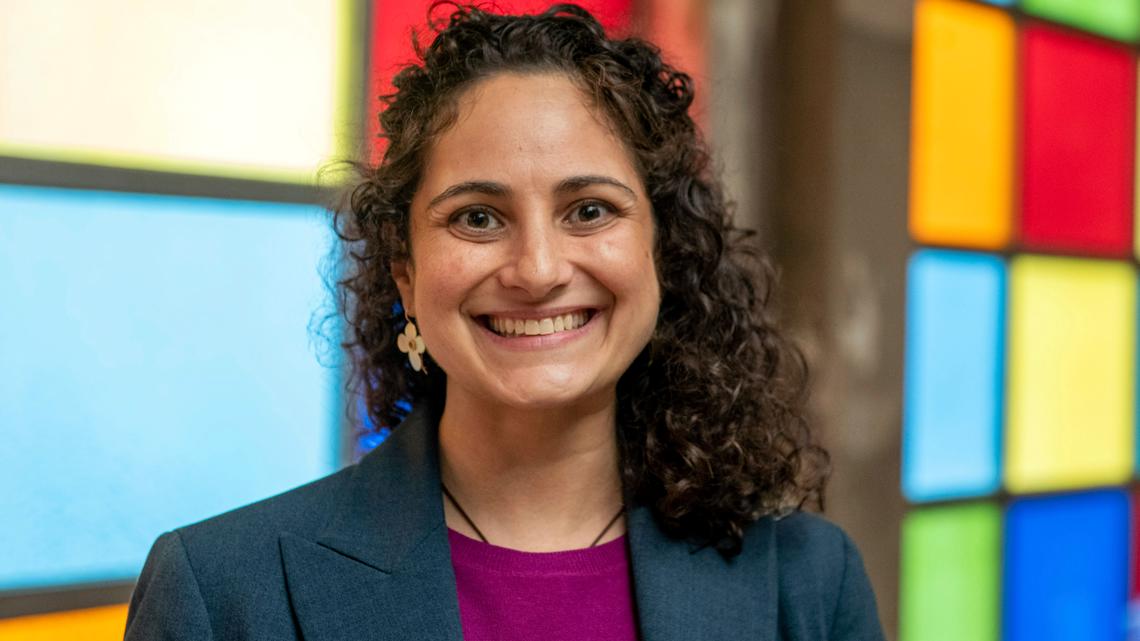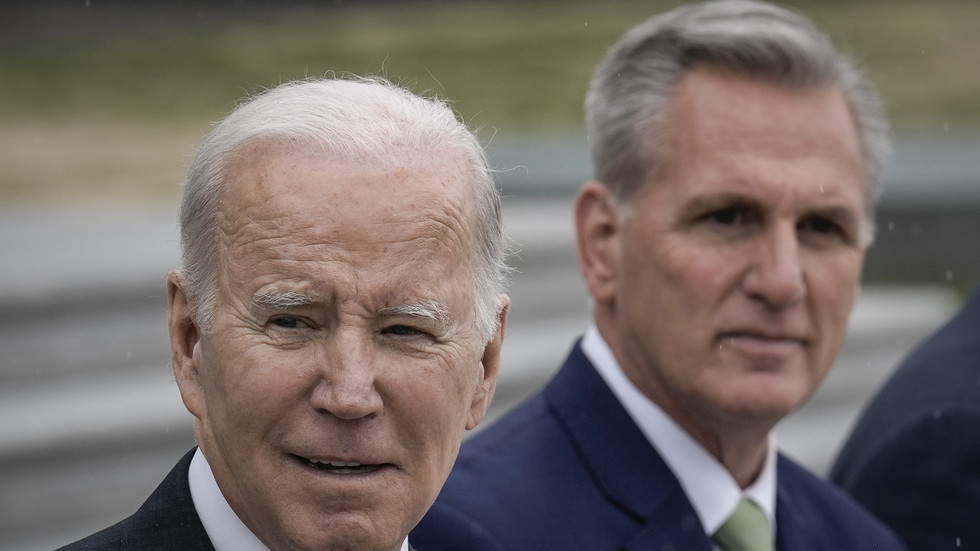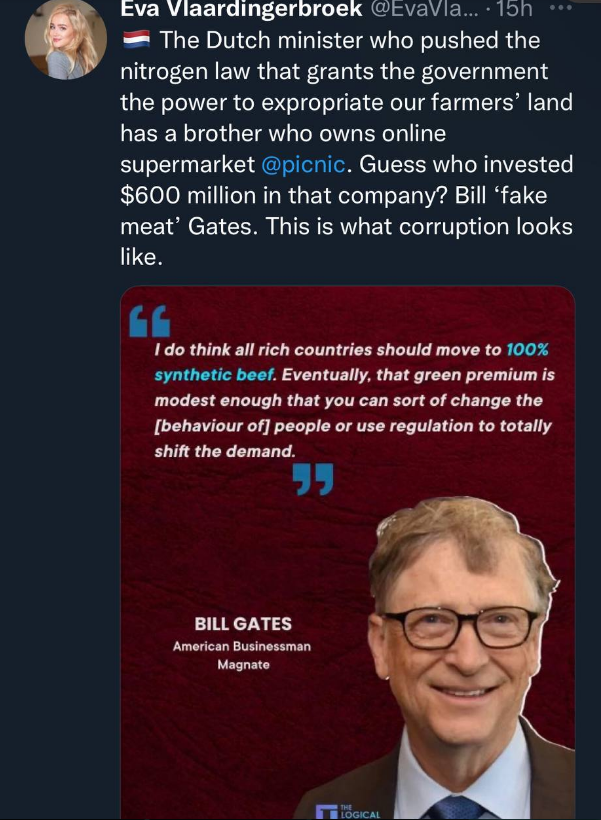As election frenzy grips India, first in key states and then for the Lok Sabha, I wanted to offer my top list of to-dos for party manifestos. Here is my list.

One of the binding constraints India will face in the future is access to water. To deal with it, I make five suggestions for all parties to agree upon. Start charging for water and power to agriculture. Free water and free power to agriculture lead to major inefficiency in water use, inappropriate crop selection (rice and cotton) in water-starved regions, and a dangerously falling ground water table. Next, we need to clean our rivers in mission mode. Clamp down on effluent discharge and invest in sewage treatment plants in major towns on the riverbanks combined with severe penalties for untreated discharge into the rivers by unscrupulous industries. Third, encourage industry to share water usage by them, and the improvements made year-on-year. Fourth, add water conservation as part of the school curriculum to create an awareness programme for children. Finally, unplanned urban towns that act like plastic sheets and do not capture rainwater leading to floods and drought, need to be tackled. Lakes around the city need to be revitalised. Migration out of agriculture to urban towns will exacerbate this problem unless treated. All parties should sign a water pledge that incorporates these five actions.
There is a need for a new model in education. Twenty-five per cent of our population, that is 360 million children, are under 14 years of age. The current school system is failing us with learning outcomes as the ASER report illustrates each year. The discussion around school education has not changed — teacher training, teacher attendance, teacher salaries, more schools, and better facilities are a part of the conversation, but it does not incorporate a fundamental rethink of the model embedding technology.
We have over 1.4 million schools, which is almost three times the number in China. A third of these schools are private where more than 50% of the students study. They are better than government schools but poor by objective standards. How could we rethink education by incorporating technology and data by transforming our current model? Could we consider 22 regional language centres (state capitals) with live broadcasts to schools consolidated to half the current number, by the best teachers in eight core subjects in regional languages, with classrooms equipped with large screens and connectivity to be able to do video calls for consultation?
Current teachers could be consolidated and converted to tutors and class monitors. Could learning outcomes be codified for different ages with children progressing at their own pace; three board exams at the age of 11, 16 and 18; and citizen vouchers issued to parents allowing them to choose schools with better learning outcomes? The vouchers define funding for schools. We have plenty to learn from the likes of Khan Academy, where teaching is tailored to students. Public lectures and private tuition should be the future model. Our demographic dividend is eroding if we don’t fundamentally rethink education in India and leapfrog the old malfunctioning systems.
For higher education, if we want to prevent the exodus of 1.3 million students to foreign universities every year at an estimated expense of $70 billion (2% of Gross Domestic Product), we must change course. We need to encourage Indian universities to tie up with top foreign universities so that our own higher education not only becomes world-class but also attracts students from across the world. Education should be a revenue earner for India, not an outflow.
My third wish would be around domestic capital formation. How do we increase domestic capital formation and improve its efficient use? Given we are a bank-led economy, we should be asking what is the right number of banks for a $7 trillion dollar economy. Are the 30-odd banks we have enough? The nine struggling old private banks and the non-consolidated six public sector banks reduce the effective number to 15. Can we develop like this?
Equally, how do we ensure the efficient use of domestic capital? Could central public sector enterprises revisit an old suggestion of being owned by a government holding company? This could be in the form of an asset management company with a distinguished board and professional management. The management would decide on the extent of government stake and the timing of entry and exit to maximise value. The board in discussion with the government would decide on the minimum level of holding for different sectors, which would be given to the management as guardrails to adhere to. In the same vein, could we consider creating a sovereign wealth fund in India with foreign inward remittances from the wealthy Indian diaspora with the mandate to invest only in India but where the profits and dividends can be freely remitted back into foreign currency?
There are many other areas of reform needed, of course, in building bond markets and capital markets. Two harder reform areas for an election manifesto but needed nonetheless, would be to increase the tax base and digitise land records. We know that domestic capital will be the engine of development augmented by foreign capital, not the other way around.
At a time when India is the flavour of the world if we could address water, human capital and capital formation, we could give India the fillip it needs. Paani (water), punji (capital) or manav punji (human capital) should be the naara (slogan) for Viksit Bharat. It is the best election slogan. Let’s use it!
Janmejaya Sinha is chairman India, Boston Consulting Group. The views expressed are personal
















